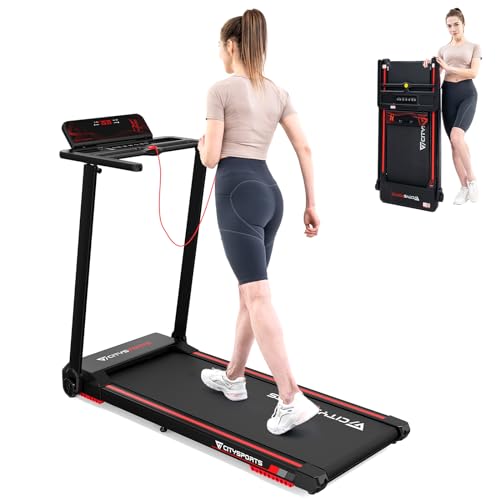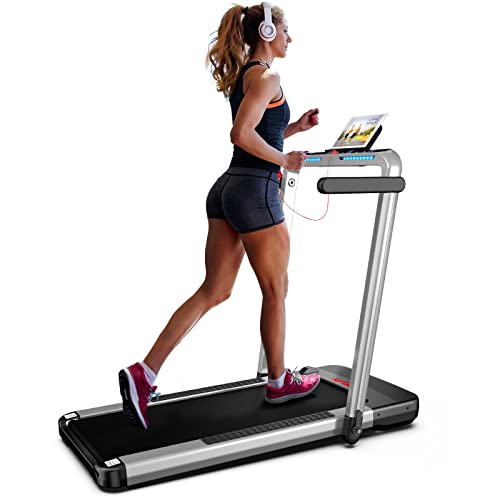- 작성자 Cristine
- 댓글 0건
- 조회 381회
- 작성일 2025.07.13
본문

The Treadmill: A Comprehensive Guide to Understanding and Utilizing This Fitness Machine
Treadmills are a staple in gyms and homes alike, acting as a reliable tool for cardiovascular workout. With their adaptability and range of functions, treadmills accommodate users of all physical fitness levels. This post digs into the ins and outs of treadmills-- covering their benefits, types, use tips, maintenance, and much more.
The Benefits of Using a Treadmill
Utilizing a treadmill can offer many health advantages, making it a popular choice amongst physical fitness enthusiasts. Below are some essential benefits:
Cardiovascular Health: Regular treadmill usage can enhance heart health by increasing aerobic capacity and cardiovascular endurance.
Weight Management: Treadmills allow users to burn calories efficiently, assisting in weight reduction or management.
Convenience: With the capability to work out inside your home, treadmills get rid of environmental barriers, like weather and time constraints.
Adaptability: Users can manage speed, incline, and exercise duration, permitting them to customize their exercise regimen to fit their requirements.
Joint Impact: Many modern treadmills offer cushioning, which can reduce the influence on joints compared to operating on difficult surfaces.
This thorough guide examines the different kinds of treadmills and what features to think about when acquiring one.
Types of Treadmills
Choosing the best type of treadmill depends upon individual physical fitness objectives, budget plan, and available area. Here are the various varieties:
1. Manual Treadmills
- Meaning: These treadmills run without motors; users power the belt through their movements.
- Advantages: Typically more inexpensive and energy-efficient.
- Downsides: Limited features and less stability compared to motorized options.
2. Motorized Treadmills
- Definition: Equipped with motors to control belt speed and slope.
- Benefits: Versatile features like preset programs and digital screens.
- Disadvantages: More pricey and need electrical outlets.
3. Folding Treadmills
- Meaning: Treadmills that can be collapsed to conserve area when not in use.
- Advantages: Ideal for those with restricted space.
- Downsides: May not be as durable, depending on the design.
4. Business Treadmills
- Meaning: High-quality, heavy-duty machines developed for frequent use in health clubs.
- Benefits: Built to endure rigorous workouts with features suited for varied training requirements.
- Drawbacks: Generally more costly and larger.
5. Smart Treadmills
- Meaning: Treadmills geared up with smart technology that tracks exercises and provides virtual training.
- Benefits: Interactive features improve the user experience.
- Drawbacks: Higher costs and potential for technical problems.
Features to Consider When Buying a Treadmill
When purchasing a treadmill, it's vital to assess its features according to personal needs and budget. Essential functions include:
Motor Power: Measured in horsepower (HP); a motor between 2.0-- 3.0 HP appropriates for many users.
Running Surface: The belt size ought to accommodate your stride. A surface area of a minimum of 20" x 55" is typically advised.
Incline Options: Look for a treadmill offering various slope levels to mimic outside running and increase exercise intensity.
Weight Capacity: Ensure the treadmill can support the user's weight; most can accommodate weights between 250 lbs and 400 pounds.
Cushioning: Good quality cushioning impacts walking or running convenience and can assist prevent injuries.
Foldability: If space is a problem, think about a treadmill that can be folded.
Technology: Features like heart rate displays, exercise programs, and Bluetooth connection can improve the user experience.
Table: Key Features and Considerations
| Feature | Importance |
|---|---|
| Motor Power | Necessary for consistent performance and user weight capability. |
| Running Surface | Impacts user convenience and stride length; bigger surfaces are better for taller individuals. |
| Incline Options | Allows diverse workouts and targets various muscle groups. |
| Weight Capacity | Vital for safety and toughness; choose a model that supports your weight. |
| Cushioning | Minimizes joint effect and makes workouts more comfortable. |
| Foldability | Important for users with limited area. |
| Technology | Enhances exercise experience and can provide valuable tracking data. |
Tips for Effective Treadmill Workouts
To take full advantage of the advantages of utilizing a treadmill, consider the following suggestions:
Warm-Up and Cool-Down: Always begin with a 5-10 minute warm-up and surface with a cool-down to prevent injury.
Differ Your Workouts: Mix walking, jogging, and going to keep things interesting and work different muscle groups.
Incorporate Incline: Use slope settings to challenge yourself and increase calorie burn.
Stay Hydrated: Keep water close-by to stay hydrated during your exercises.
Listen to Your Body: Pay attention to any pain or fatigue; rest when needed.
Treadmill Maintenance Tips
To make sure longevity and optimal efficiency of a treadmill, routine upkeep is important. Key maintenance practices consist of:
Lubrication: Frequently oil the running belt for smoother operation.
Cleaning up: Wipe down the machine after each use to avoid dust and sweat accumulation.
Tightening: Regularly examine and tighten up loose bolts or screws.
Examine the Belt Alignment: Ensure the belt is lined up appropriately, changing as needed for even wear.
Regularly Asked Questions (FAQs)
1. How often should I utilize a treadmill for weight loss?
Using a treadmill for a minimum of 150 minutes of moderate-intensity aerobic exercise per week can contribute to weight-loss.
2. Can I walk on a treadmill every day?
Yes, walking on a treadmill daily can be helpful; however, including rest days is suggested to prevent overuse injuries.
3. What should I wear when using a treadmill?
Select comfortable, moisture-wicking clothes and supportive shoes to improve your exercise experience.
4. Is it better to walk or run on a treadmill?
Both walking and running offer special advantages; the very best option depends on your fitness level, goals, and individual choice.
5. Are there particular treadmills created for little spaces?
Yes, folding treadmills and compact styles are ideal for small areas. Always examine measurements before buying.
The treadmill remains a flexible and widely used piece of fitness devices. Its blend of benefit, versatility, and effectiveness makes it appropriate for users ranging from newbies to seasoned athletes. By comprehending the various types and features, as well as incorporating different workouts, users can take full advantage of the advantages of their treadmill regimen. Whether for cardiovascular training, weight-loss, or just keeping an active lifestyle, treadmills offer a trusted avenue for achieving physical fitness goals.

댓글목록 0개
등록된 댓글이 없습니다.

